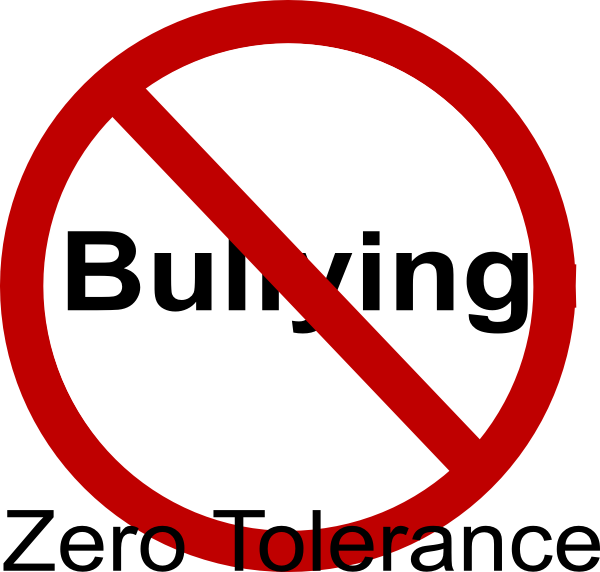Bullying
ACA has a Zero Tolerance Policy for Bullying
Bullying - a form of aggressive behavior in which someone intentionally and repeatedly causes another person injury or discomfort. Bullying can take the form of physical contact, words or more subtle actions.
The bullied individual typically has trouble defending him or herself and does nothing to “cause” the bullying.
Types of Bullying
1. Verbal bullying including derogatory comments and bad names
2. Bullying through social exclusion or isolation
3. Physical bullying such as hitting, kicking, shoving, and spitting
4. Bullying through lies and false rumors
5. Having money/posessions taken/damaged by students who bully
6. Being threatened or being forced to do things by students who bully
7. Racial bullying
8. Sexual bullying
9. Cyber bullying (via cell phone or Internet)
What to Do If You’re Bullied
Look at the kid bullying you and tell him or her to stop in a calm, clear voice. You can also try to laugh it off. This works best if joking is easy for you. It could catch the kid bullying you off guard.
If speaking up seems too hard or not safe, walk away and stay away. Find a teacher or administrator and report the bullying.
What to do to stay safe in the future
Talk to an adult you trust. Don’t keep your feelings inside. Telling someone can help you feel less alone. They can help you make a plan to stop the bullying.
Stay away from places where bullying happens.
Stay near adults and other kids. Most bullying happens when adults aren’t around.
Anxiety and Depression
Anxiety and Depression may affect a child’s success at school. If an anxiety disorder is causing your child to struggle at school academically or socially, the first step is to talk to the teacher, principal, or counselor about your concerns. School personnel will likely recognize some symptoms or manifestations of your child’s anxiety, but they may not realize they are caused by an anxiety disorder. If your child has a diagnosis of depression or anxiety, please inform the school.
It is not uncommon for children to be diagnosed with both depression and an anxiety disorder. About half of people diagnosed with depression are also diagnosed with an anxiety disorder.
Children with depression may display these symptoms:
-
Depressed or irritable mood
-
Difficulty sleeping or concentrating
-
Change in grades, getting into trouble at school, or refusing to go to school
-
Change in eating habits
-
Feeling angry or irritable
-
Mood swings
-
Feeling worthless or restless
-
Frequent sadness or crying
-
Withdrawing from friends and activities
-
Loss of energy
-
Low self-esteem
-
Thoughts of death or suicide
Helpful tips to keep in mind if your child struggles with Anxiety or Depression:
-
Listen to your child’s feelings.
-
Stay calm when he becomes anxious about a situation or event.
-
Recognize and praise her small accomplishments.
-
Be flexible and try to maintain a normal routine.
-
Modify expectations during stressful periods.
-
Plan for transitions (i.e. allow extra time in the morning if getting to school is difficult).
Coping Strategies:
-
Positive Self Talk (“It’s just my worry.” “I am not going to forget everything.” “I can do this.”
-
Deep Breathing (Breathe slowly. In through your nose and out through your mouth).
-
Worry Time (Designate a worry time for your child)
-
Staying on Task (Keeping busy often times decreases “down time” that can be used to worry)
If you suspect your child may be dealing with any of the above issues, please contact the school conselor for assistance.
